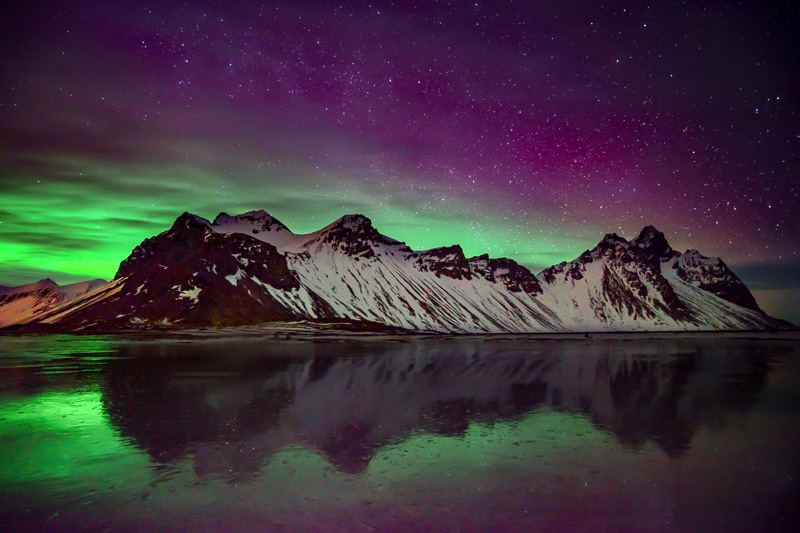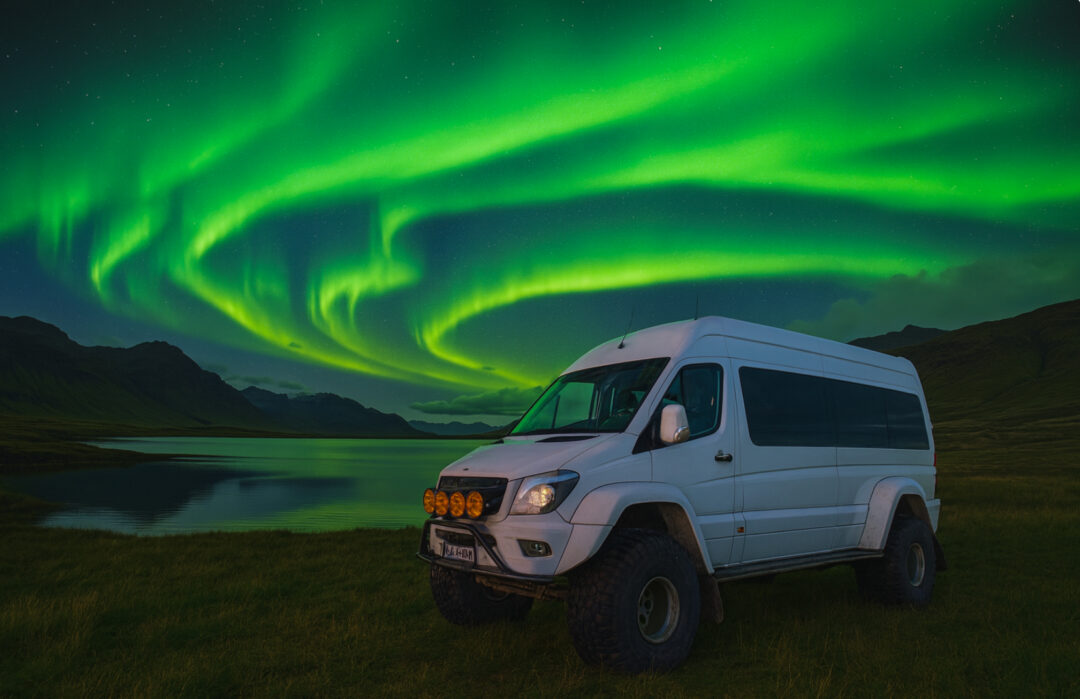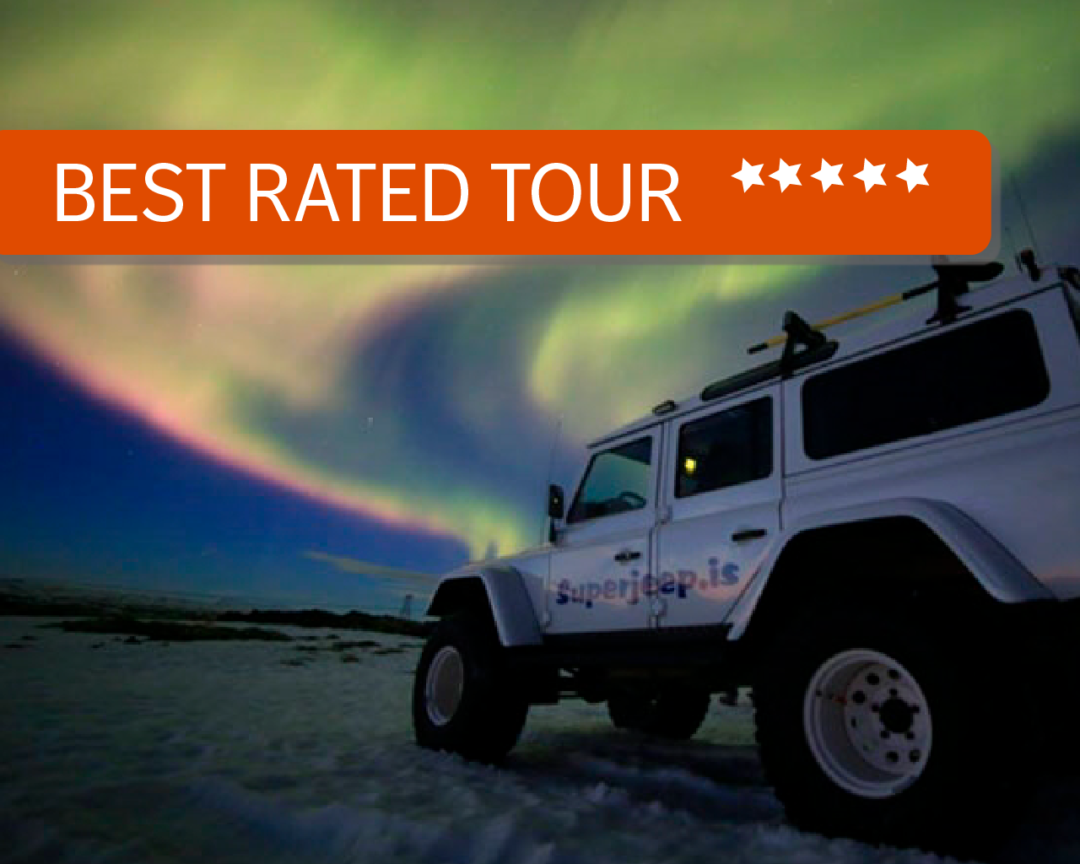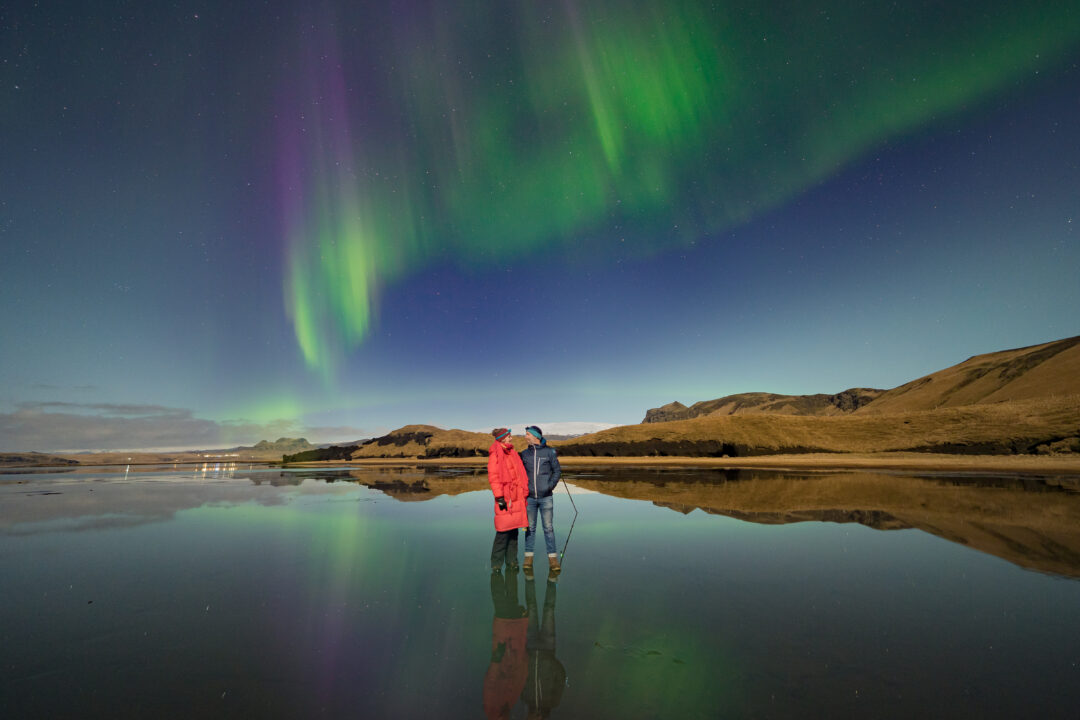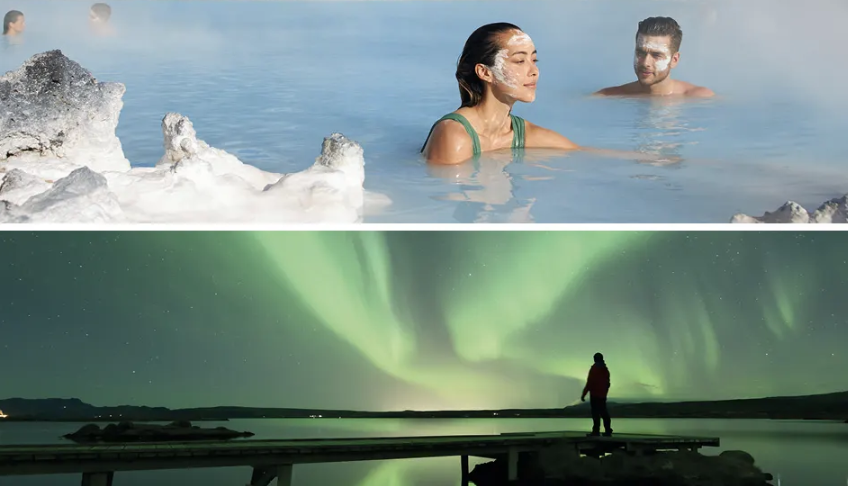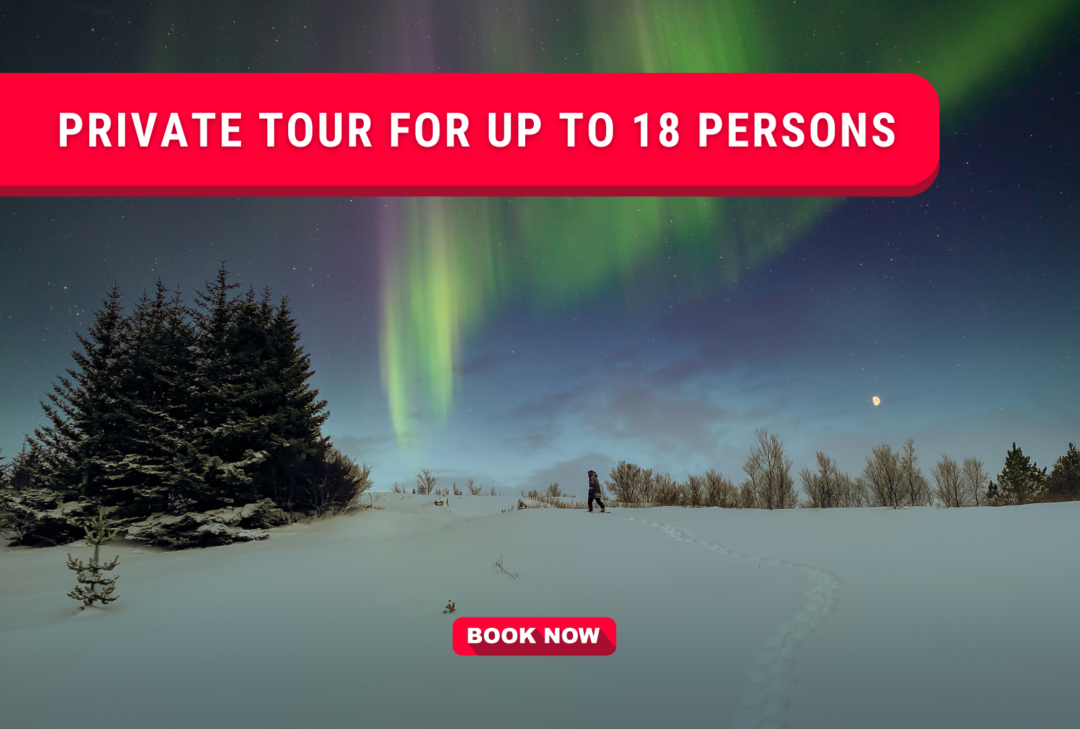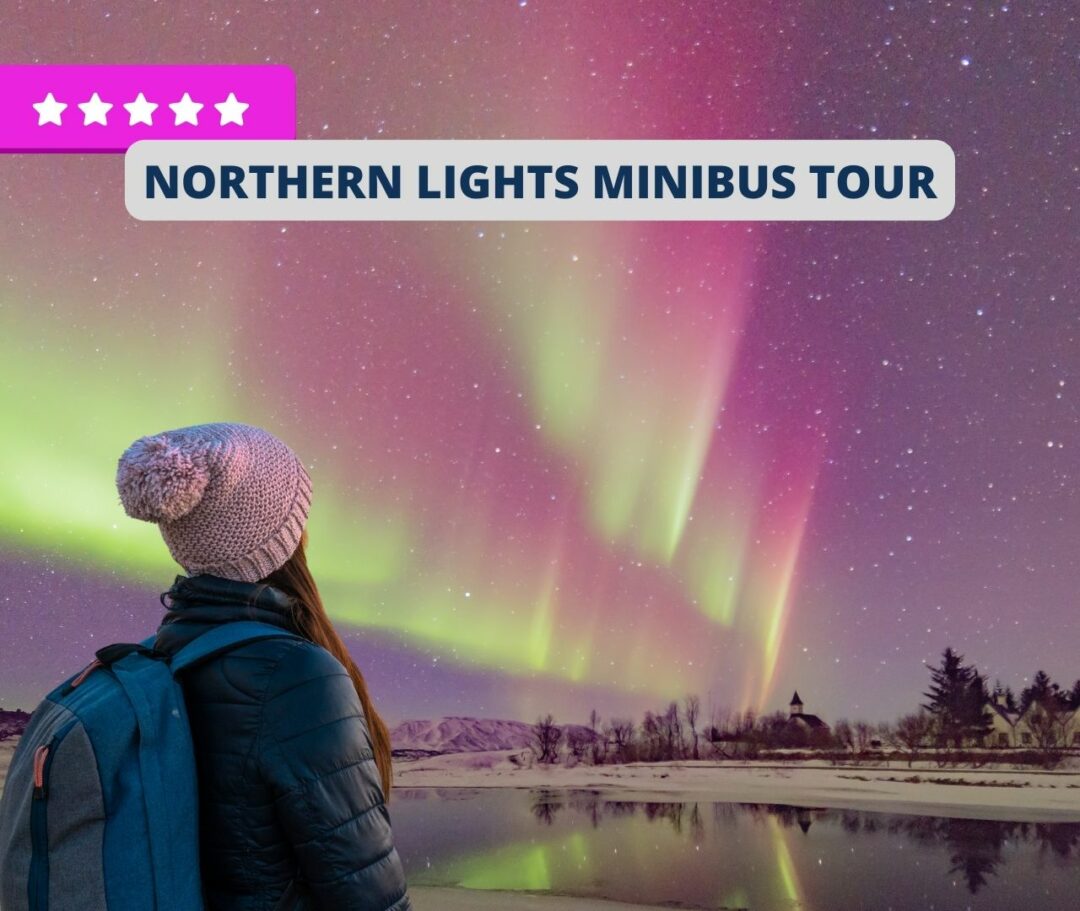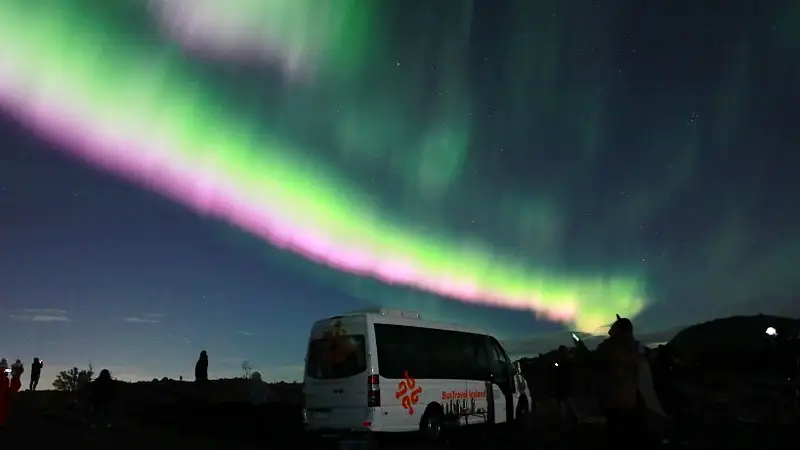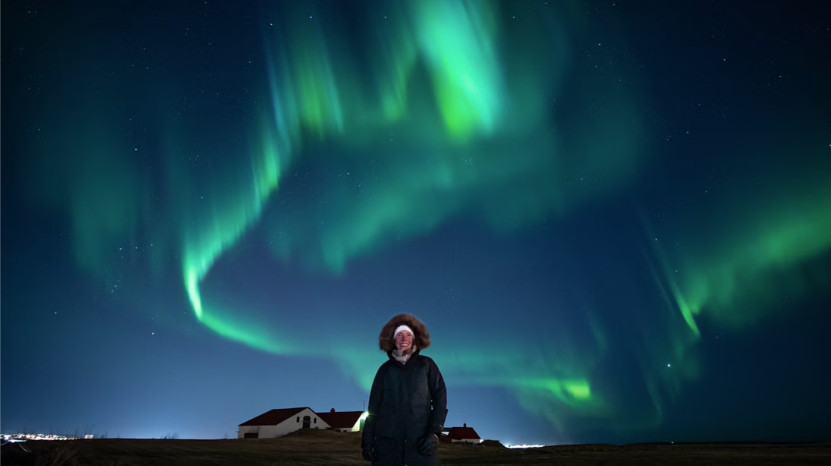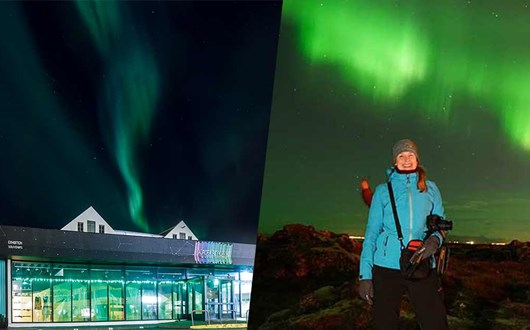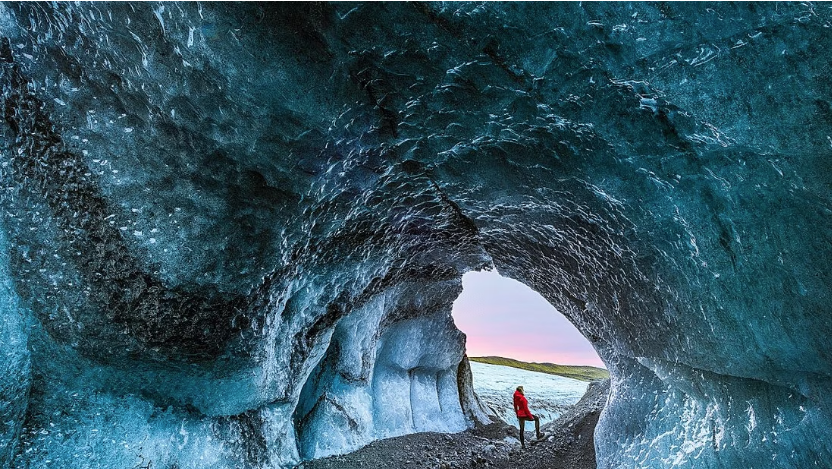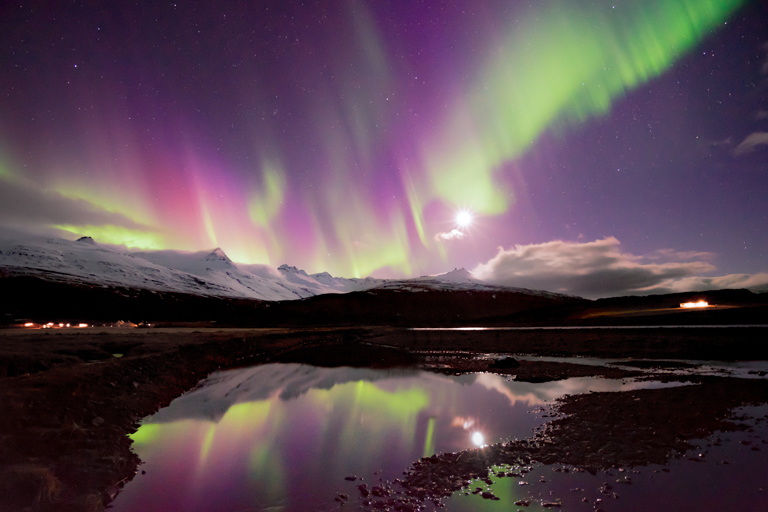What Are The Main Types of Northern Lights?
By Chris Ayliffe, Arctic Meta
JOIN US ON A NORTHERN LIGHTS EXCURSION
Introduction
The Northern Lights are one of nature’s most captivating light shows, illuminating the night skies with dazzling displays of colour and movement.
These lights have fascinated humans for centuries, inspiring countless myths, scientific explorations, and even artistic endeavours.
Witnessing them in person is an unforgettable experience, often described as humbling, awe-inspiring, captivating, and often just all the superlatives combined!
Despite their enchanting beauty, not all auroras are created equal. They come in various forms, each with its own unique characteristics and charm.
This guide delves into the main types of Northern Lights, explains the science behind their differences, and offers tips for maximizing your chances of seeing them at their most spectacular.
NORTHERN LIGHTS SUPERJEEP EXCURSION
Main Types of Northern Lights You Can Expect to See
The Northern Lights appear in a variety of forms and shapes, which can change depending on solar activity, atmospheric conditions, and the location of the observer.
Below are the primary types of auroras, each offering a unique visual experience. And, often the more you see the Northern Lights, the more you start to predict the transitions – but, we will come onto that a little later:

Arc-shaped Aurora over Þingvallavatn, in the Golden Circle
1. Arcs
Arcs are the most common form of the Northern Lights, especially during periods of low solar activity.
These graceful, elongated bands stretch across the sky, often from horizon to horizon, creating a serene and continuous curve.
Their appearance is typically steady, with minimal movement. However, during increased solar activity, arcs can become more dynamic, distorting and dancing across the sky.
In the Aurora Reykjavík museum we have an Aurora arc on display with the common luminosity you’ll see outside with the naked eye – it’s the perfect place to practice both your Northern Lights photography skills, and your sharpness in spotting the lights on your Aurora hunts.
When to See Them: Arcs are often visible under moderate conditions, making them ideal for first-time aurora watchers.
Notable Features: They exhibit a calm, ribbon-like quality, often glowing green due to the interaction of solar particles with oxygen molecules in the atmosphere.
2. Bands
Bands are similar to arcs but exhibit more pronounced curves and undulations.
Unlike the smoother appearance of arcs, bands showcase greater variability and dynamic behaviour.
These forms can shift and transform rapidly, adding an element of unpredictability to the auroral display.
When to See Them: Bands frequently appear during heightened solar activity.
Notable Features: They can display a variety of colours, including pink, red, and purple, depending on the altitude and type of atmospheric gas involved.
A friendly tip: When you start to see pink just below the green colours of the Aurora Borealis, the show is usually really ramping up!
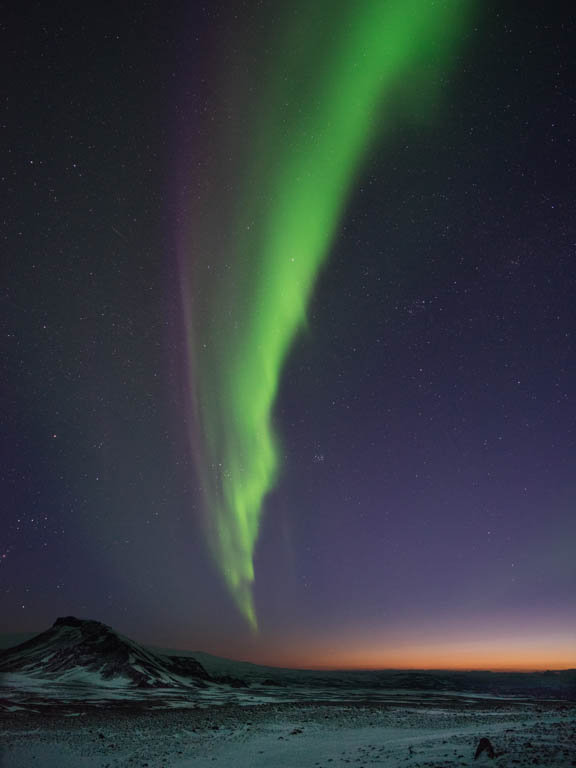
Purple and green band dancing over Langjökull glacier

Spectacular crown-shaped Aurora lights up the Icelandic night sky
3. Corona
The corona is one of the most awe-inspiring types of Northern Lights.
This type of aurora forms directly overhead, converging into a point that resembles a crown of light – hint: it’s in the name!
Coronas are typically the result of intense solar activity and often display a vibrant palette of colours, including greens, purples, blues, and whites.
You’ll know you’re seeing an Aurora Corona when that neck ache kicks in just enough as you fully tilt your head to the skies above.
These displays can cover the full sky and we regularly see the jaws of travellers drop and the ‘whoops’ begin – always a wonderful experience.
When to See Them: Coronas occur during the peak of auroral activity and are most common near the magnetic poles – we experience them in Iceland very regularly.
Notable Features: Their rapid movement and convergence into a central point create a dramatic visual effect, making coronas a favorite for photographers and enthusiasts. But, make sure you have your camera ready, so you can just be in the moment and enjoy the canvas splash of colours with your own eyes.
4. Diffuse
Diffuse auroras are a rarer and more subtle type of Northern Lights.
Unlike arcs, bands, or coronas, diffuse auroras do not have a defined shape or structure. Instead, they appear as faint, cloud-like patches of light that spread across the sky.
Diffuse Aurora’s often occur either early in the night, or simply when the solar density is lower.
Keep your patience though if you spot a diffuse Aurora – this can be a good indication the show performance is about to begin – all our top guides would agree.
When to See Them: Diffuse auroras are more likely to be seen during periods of low solar activity or at lower latitudes.
Notable Features: Their subdued appearance makes them harder to spot with the naked eye, but long-exposure photography can capture their ethereal beauty.
NORTHERN LIGHTS SMALL GROUP EXCURSION
5. Rays
Rays are slender, vertical streaks of light that often form when thin arcs or bands curl up into narrow filaments.
They can appear as short, flickering columns or extend dramatically upward into the sky.
More often than not they appear in a pale shade of purple and can linger as towering elements in the night sky for quite some time, making them a fun test for your long exposure photography skills.
When to See Them: Rays are common during periods of high solar activity and are often part of larger auroral displays.
Notable Features: Their intricate details and rapid movement add depth and complexity to the auroral experience.
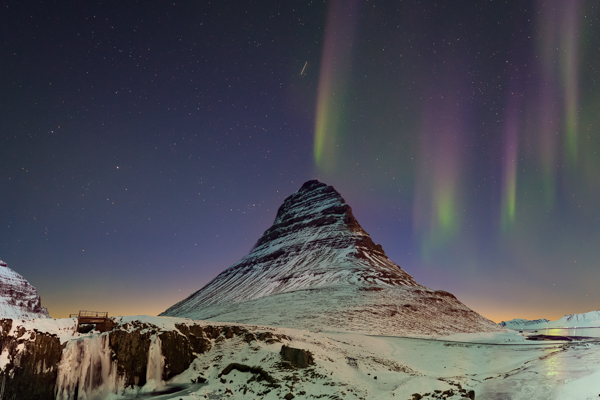
Northern lights rays over Kirkjufell

Northern lights flickering in purple and green above an Icelandic farm
6. Flickering
Flickering auroras are another dynamic variation, characterised by rapid changes in intensity and brightness.
These auroras give the impression of pulsing or flickering lights and can occur in conjunction with other auroral types, such as bands or rays.
In our experience, these bizarre flickerings can dance all around the sky late in the night after 3am. I don’t have a scientific reason for this, at present, but it’s just the experiences of many nights out under the dark Icelandic skies – you’ll have to find out for yourself.
When to See Them: Flickering auroras are most visible during turbulent geomagnetic conditions.
Notable Features: Their rhythmic patterns are thought to result from localised turbulence in the magnetosphere.
What Causes the Different Types of Northern Lights?
The differences in the types of Northern Lights are primarily caused by variations in solar activity, Earth’s magnetic field, and atmospheric conditions.
Here’s a deeper dive into the factors at play:
Solar Activity
The Sun releases charged particles into space through solar winds.
When these particles collide with Earth’s magnetosphere, they create auroras. Intense solar storms can result in more vibrant and diverse auroral displays.
Magnetic Field
Earth’s magnetic field channels solar particles towards the poles. Variations in the strength and orientation of the magnetic field influence the shape and movement of the auroras.
Atmospheric Composition
The specific colours of the auroras depend on the type of gas molecules that are energised by the incoming particles.
For instance, oxygen produces green and red lights, while nitrogen contributes to blue and purple hues.
Altitude
The height at which the auroral activity occurs also determines its appearance.
For example, green auroras typically occur at altitudes of 90-150 km, while red auroras appear at altitudes above 150 km.
Interestingly, more powerful Geomagnetic storms (like those seen on October 10th 2024) often deliver higher altitude red auroras.

Northern Lights bands at Kirkjufell – Snæfellsnes Peninsula
What Are the Most Common Types of Northern Lights?
Among the various types, arcs and bands are the most frequently observed.
These forms are more likely to appear during moderate solar activity, making them accessible to a wide range of viewers.
Their steady presence and graceful movements make them quintessential elements of the auroral experience.
Coronas and rays, while less common, offer spectacular displays that require higher levels of solar activity.
Diffuse auroras, being the rarest, are often overlooked but hold a subtle beauty for those who manage to spot them.
What you do manage to see is commonly down to the luck on the night. However, what we can guarantee is that after your savour your first siting, you’ll be clambouring back for more.
Well, we would say that as Northern Lights addicts after all!
What Are the Phases of the Northern Light Stages During Each Night?
Each night of auroral activity typically progresses through three distinct phases: growth, expansion, and recovery. Understanding these stages can help you plan your viewing experience more effectively.
Growth
During the growth phase, the aurora begins as a faint arc or band on the horizon.
This phase is characterized by a steady increase in brightness and intensity as solar particles continue to interact with the atmosphere.
The growth phase sets the stage for more dynamic displays later in the night.
Typical Duration: 30 minutes to a few hours.
Expansion
The expansion phase marks the peak of auroral activity.
During this stage, the lights become more vibrant and dynamic, with arcs transforming into bands, coronas, rays, or flickering patterns.
The auroras may cover a larger portion of the sky and display a broader range of colours.
Best Time for Viewing: The expansion phase offers the most dramatic and colourful displays, making it ideal for photographers and enthusiasts.
Recovery
In the recovery phase, the aurora begins to fade and lose its intensity.
The lights may return to their original arc or band form before disappearing completely.
This phase signals the end of the auroral display for the moment. But, next the growth phase begins again – hot chocolate time!
Key Features: Diminishing intensity and a gradual return to calm.
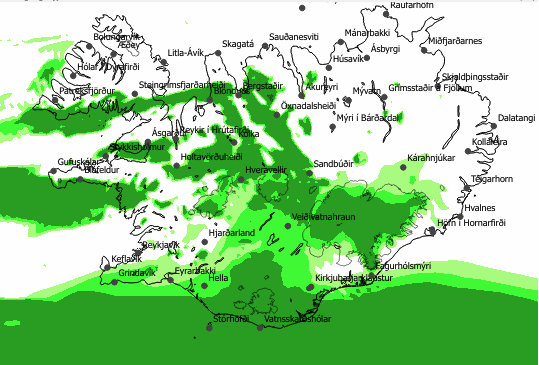
Northern lights forecast for Iceland, detailing the low and middle clouds cover
Is it Possible to Predict Northern Lights Activity?
Yes, it is possible to predict Northern Lights activity to some extent.
Scientists use data from solar observatories and satellites to monitor solar activity and estimate the likelihood of auroral displays.
KP Index: The KP index is a scale from 0 to 9 that measures geomagnetic activity. A higher KP index indicates a greater likelihood of seeing the Northern Lights.
Auroral Oval: The auroral oval is a map of the regions where the aurora is most likely to be visible. Real-time updates can help identify optimal viewing locations.
While these tools provide valuable guidance, the unpredictable nature of solar activity means that forecasts are not always 100% accurate.
How Accurate Are Northern Lights Forecasts?
Northern Lights forecasts are generally reliable for short-term predictions (24-48 hours).
Long-term forecasts, however, are less accurate due to the complex and dynamic nature of solar activity.
Factors such as cloud cover, light pollution, and local weather conditions can also impact visibility, making it essential to check multiple sources when planning your aurora hunt.
This is why we always recommend booking one of our recommended Northern Lights Tours – the expertise of the guides in reading the data and knowing where to go gives you more time to sit back, relax, and focus on the experience of the hunt and nature’s greatest show.
What Are My Chances of Seeing the Northern Lights in Iceland?
Iceland is one of the best places in the world to see the Northern Lights, thanks to its location under the auroral oval and its dark, clear skies.
The chances of seeing the aurora in Iceland are highest during the winter months (September to April) when nights are long and dark.
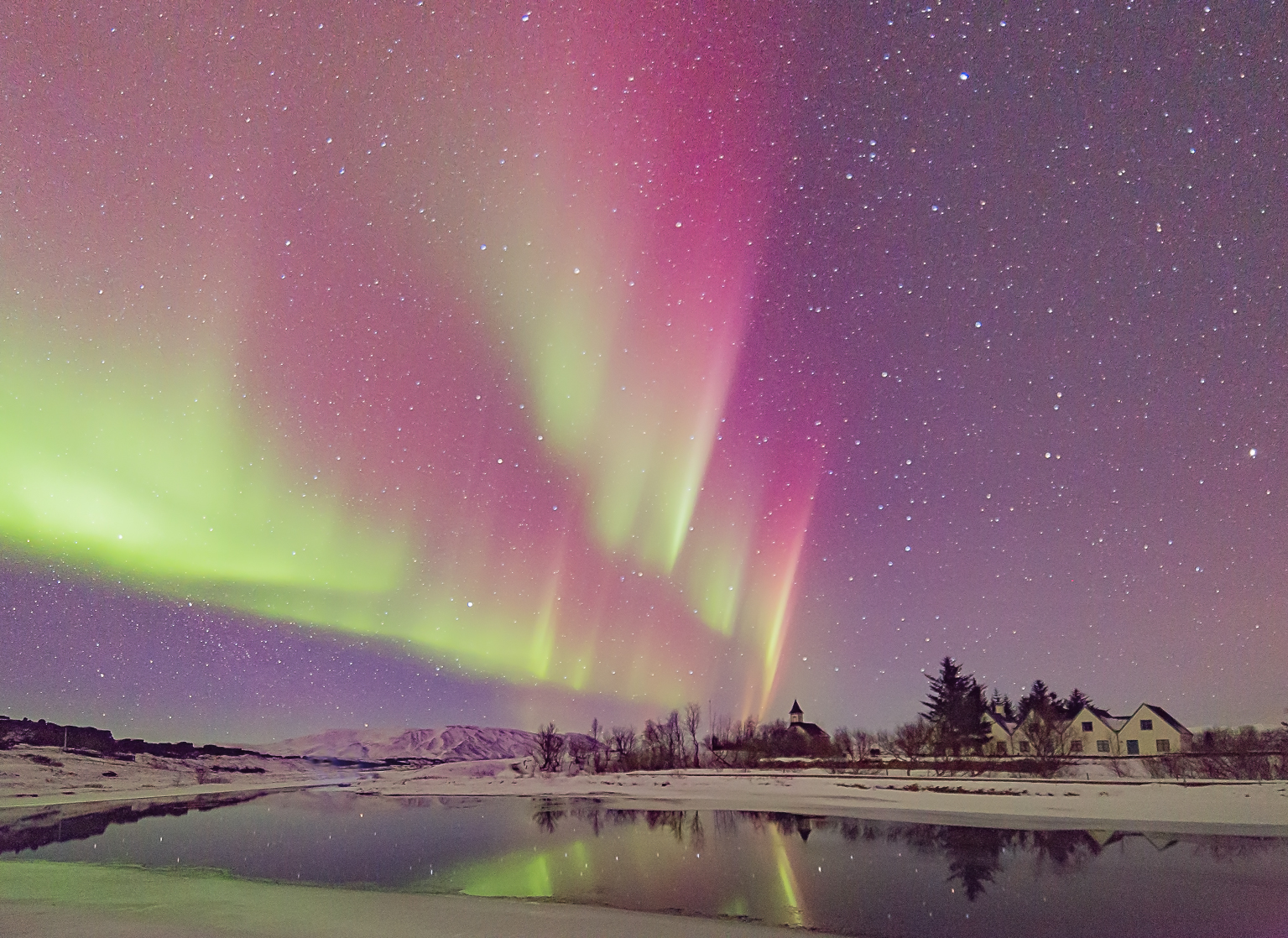
Bright pink and green northern lights at Þingvellir, UNESCO heritage
Tips for Viewing the Northern Lights in Iceland
Choose a Dark Location: Avoid urban areas with light pollution. Remote locations like Thingvellir National Park and Jökulsárlón Glacier Lagoon offer excellent viewing conditions.
Check the Aurora Forecast: Monitor aurora forecasts and weather conditions to increase your chances of success.
Be Patient: Northern Lights displays can be unpredictable. Sometimes the most stunning shows occur after hours of waiting.
Conclusion
The Northern Lights are a magical natural phenomenon, offering a variety of forms, colours, and movements that captivate and inspire. From the serene beauty of arcs and bands to the dramatic spectacle of coronas and rays, each type of aurora has its own unique appeal.
By understanding the factors that influence auroral activity and the phases of their nightly display, you can enhance your chances of witnessing this incredible spectacle.
Whether you’re chasing the lights in Iceland or another aurora hotspot, the experience of standing under the Arctic sky and seeing the Northern Lights in all their glory is one that will stay with you forever.

